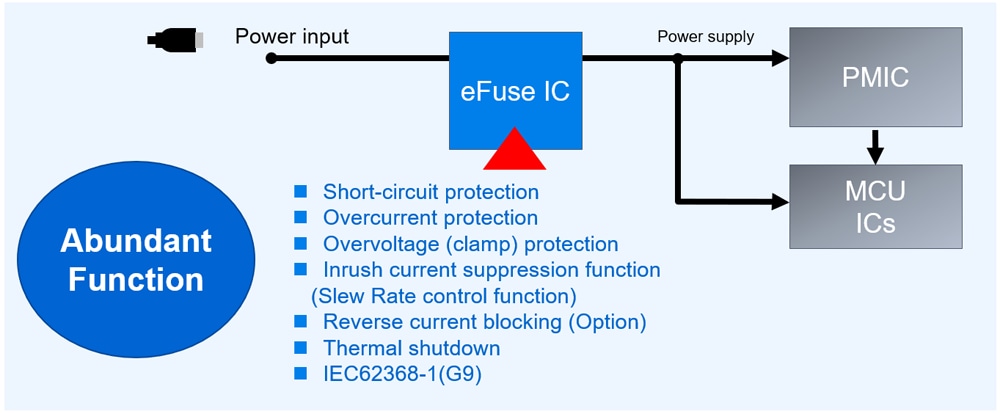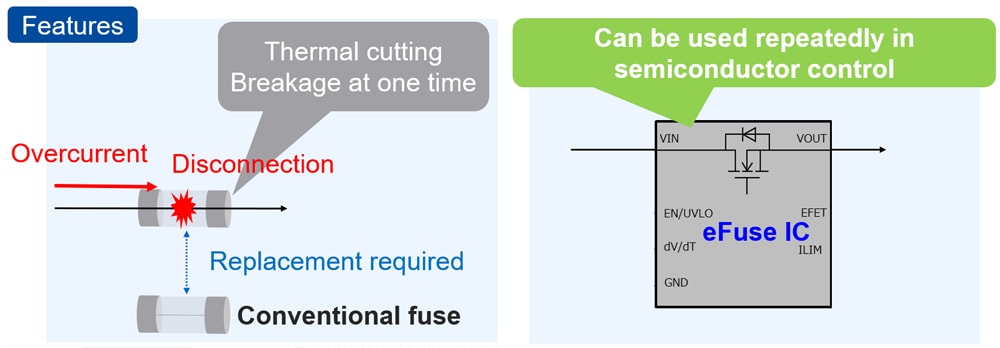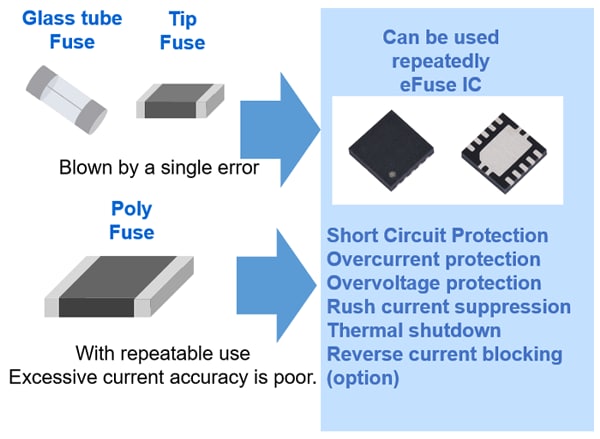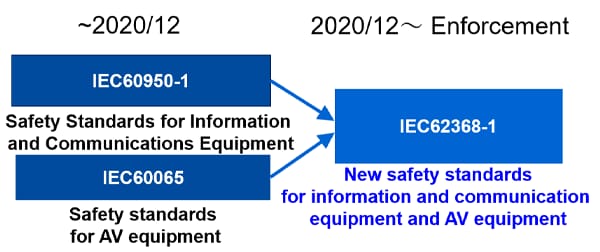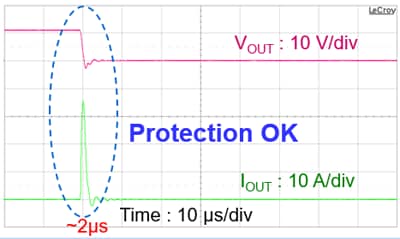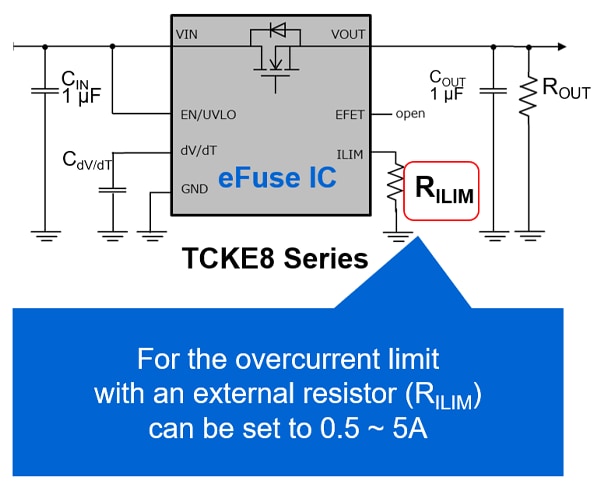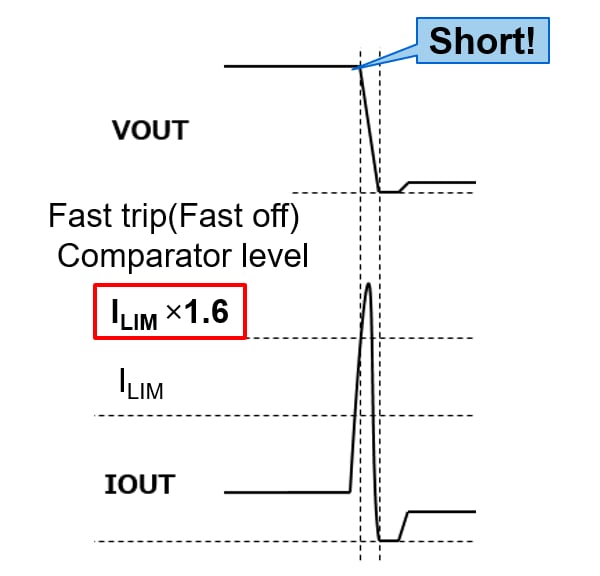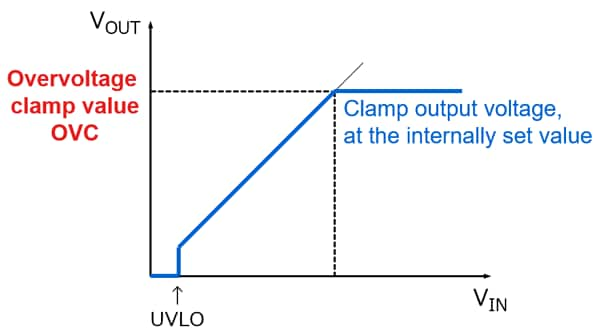- 半導體首頁
-
應用Automotive
Body Electronics
xEV
In-Vehicle Infotainment
Advanced Driver-Assistance Systems (ADAS)
Chassis
IndustrialInfrastructure
BEMS/HEMS
Factory Automation
Commercial Equipment
Consumer/PersonalIoT Equipment
Healthcare
Wearable Device
Mobile
Computer Peripherals
-
產品車用元件
Discrete Semiconductor
Diodes
電晶體
通用邏輯IC
Analog Devices
Digital Devices
Wireless Devices
※
: Products list (parametric search)
功率半導體※
: Products list (parametric search)
隔離器/固態繼電器Photocouplers
Digital Isolators
※
: Products list (parametric search)
MOSFETsIGBTs/IEGTs雙極性電晶體※
: Products list (parametric search)
Diodes※
: Products list (parametric search)
微控制器馬達驅動 ICs智能功率 ICs※
: Products list (parametric search)
電源管理 ICs線性 ICs※
: Products list (parametric search)
通用邏輯 ICs線性影像感測器其他產品其他產品
※
: Products list (parametric search)
-
開發/設計支援
開發 / 設計支援
-
技術知識
- 購買管道
- 型號 & 關鍵字搜尋
- 交叉搜尋
- 參數搜尋
- 線上庫存查詢跟購買
This webpage doesn't work with Internet Explorer. Please use the latest version of Google Chrome, Microsoft Edge, Mozilla Firefox or Safari.
型號需要超過三個文字以上 Search for multiple part numbers fromhere.
The information presented in this cross reference is based on TOSHIBA's selection criteria and should be treated as a suggestion only. Please carefully review the latest versions of all relevant information on the TOSHIBA products, including without limitation data sheets and validate all operating parameters of the TOSHIBA products to ensure that the suggested TOSHIBA products are truly compatible with your design and application.Please note that this cross reference is based on TOSHIBA's estimate of compatibility with other manufacturers' products, based on other manufacturers' published data, at the time the data was collected.TOSHIBA is not responsible for any incorrect or incomplete information. Information is subject to change at any time without notice.
型號需要超過三個文字以上
Slew rate control (Suppressing rush current)
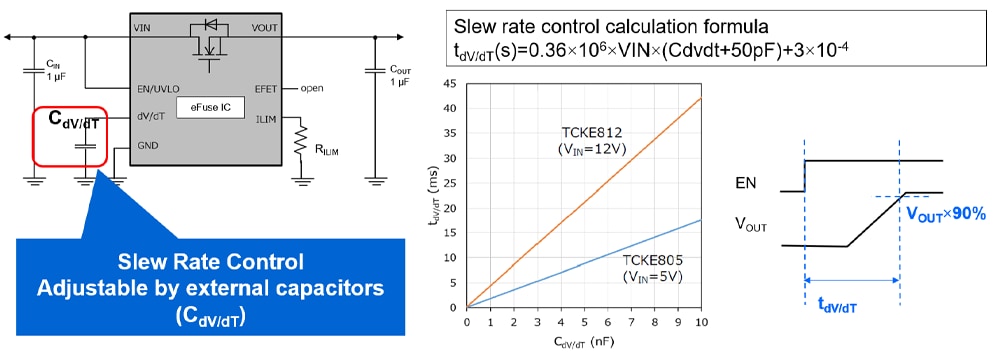
When the output is turned on, an inrush current flows to charge the capacitor connected to the load side. If this current is too large, the overcurrent protection circuit may malfunction, making it impossible to start up, or overshooting may occur in the output voltage.
To prevent this, this function limits the inrush current and controls the slew rate at the rise of the output voltage.

The slew rate control function can control the rise of the output voltage with an external capacitor.
The inside of the red frame in the left figure is the external capacitor CdVdT.
By changing this value, the rising slew rate of the output voltage can be adjusted.
The capacitance of the external capacitor CdVdT and the rise time tdV / dT of the output voltage can be expressed by the formula on the upper right.
The graph on the right shows the above relationship.
From this graph, the horizontal axis shows that the larger the capacitance, the slower the rising tdV / dT of the output voltage on the vertical axis. The rush current can also be reduced by slowly rising this output voltage.
In the configuration with discrete parts, it was necessary to change various constants such as gate voltage, current adjustment, gate capacitance value, etc. to change the slew rate, but with the eFuse IC, the slew rate can be adjusted with a single small capacitor.
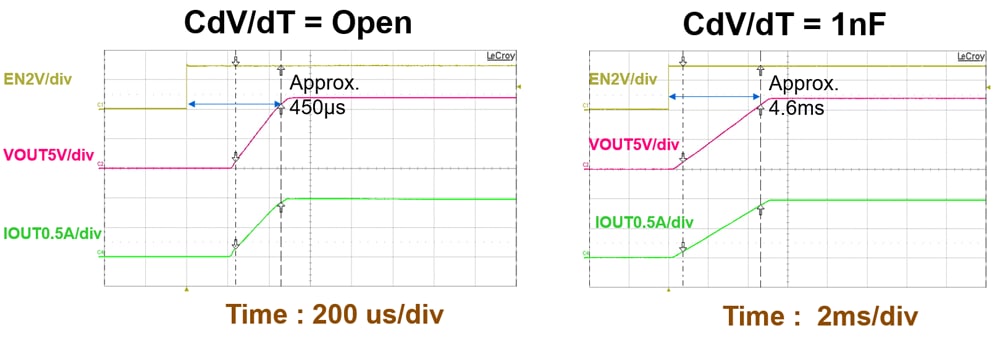
The figure below is an example of rush current suppression using slew rate control.
The waveform on the left is the rising waveform of the output voltage and current with dV / dT terminal open, and the waveform on the right is the waveform when 1nF is added to dV / dT terminal.
The slew rate can be adjusted by adjusting the CdVdT terminal capacitance.

- Prev
- 10/10
eFuse IC基礎知識
Related information
- Product Web Page
- Applidcation Notes
- FAQ
- Parametric searches for all Toshiba eFuse IC products are available here:
- Stock Check & Purchase Toshiba eFuse IC here


